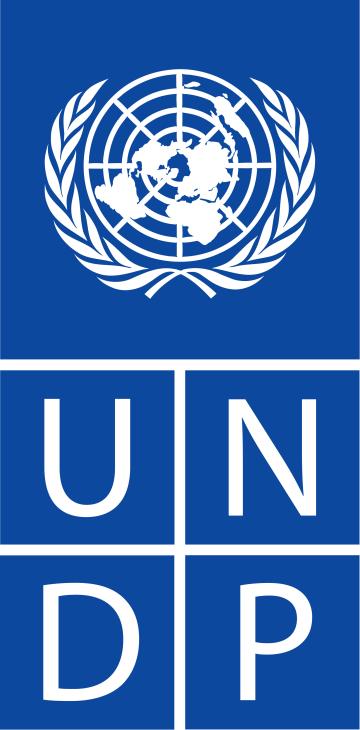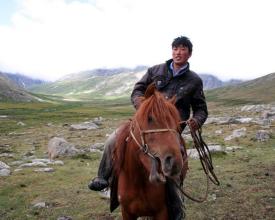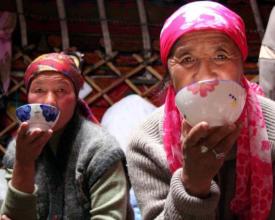
Gestión comunitaria de los recursos naturales en las montañas de Altai Sayan

El proyecto "Conservación comunitaria de la diversidad biológica en los paisajes montañosos de la ecorregión mongola de Altai Sayan", financiado por el FMAM y apoyado por el PNUD, trabajó con las comunidades locales de la zona para aplicar estrategias comunitarias de gestión y conservación que capaciten a las comunidades de pastores para resolver problemas de gestión de bosques y pastizales mediante asociaciones con gobiernos y ONG.
Contexto
Défis à relever
Ubicación
Procesar
Resumen del proceso
Bloques de construcción
Creación de grupos comunitarios y formación
Factores facilitadores
Lección aprendida
Reforzar la coordinación y el apoyo a nivel local
Factores facilitadores
Lección aprendida
Modificación de la Ley de Protección del Medio Ambiente
Factores facilitadores
Lección aprendida
Impactos
Diversificación de los medios de subsistencia. Más de 7.000 pastores recibieron formación en gestión de la fauna salvaje, así como en nuevos oficios, como el tejido, la fabricación de fieltro, la elaboración de productos lácteos, la comercialización y el turismo La diversificación de los medios de subsistencia ha reducido la presión sobre los recursos (la población de especies objetivo de importancia mundial aumentó de forma apreciable a lo largo de la vida del proyecto) y da a las comunidades más opciones en condiciones climáticas extremas. Mejora de la coordinación y la capacidad de las comunidades nómadas. Una vez que los grupos de pastores nómadas empezaron a organizarse y a gestionar sus propios recursos naturales, empezaron a apoyarse mutuamente de formas adicionales. Muchas comunidades incluso decidieron disminuir el número de cabezas de ganado para reflejar lo que los pastizales podían soportar. También crearon un germen de hospitalidad para los turistas que quieren experimentar la vida nómada. El 15% de los ingresos del turismo se destina al fondo comunitario y el resto se reparte entre las familias.






